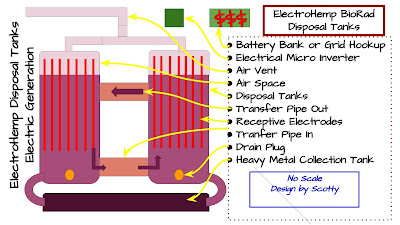@BiomassMagazine The U.S. Energy Information Administration recently released data showing that U.S. manufacturers produced approximately 650,000 tons of densified biomass fuel in March, with sales reaching 600,000 tons during the month.

The data was released as part of the June edition of EPA’s Monthly Densified Biomass Fuel Report, which includes data for March. The EIA collected data from 86 operating manufacturers of densified biomass fuel to complete the report. The report does not include data from facilities with annual capacities of less than 10,000 tons, which report data annually rather than monthly.
The 86 manufacturers that submitted data in February have a combined annual production capacity of 11.79 million tons per year and collectively had an equivalent of 1,999 full-time employees.
In March, respondents purchased 1.27 million tons of raw biomass feedstock, produced 650,000 tons of densified biomass fuel and sold 600,000 tons of densified biomass fuel. Production included 147,226 tons of heating pellets and 498,864 tons of utility pellets.
Domestic sales reached 122,727 tons and averaged $149.22 per ton. Exports in March reached 381,319 tons an averaged $174.32 per ton.
Inventories of premium/standard wood pellets reached 225,990 tons in March, up from 217,859 tons in February. Inventories of utility pellets reached 345,615 tons in March, up from 255,172 tons in February.
Data gathered by the EIA shows total U.S. densified biomass fuel production capacity reached 12.36 million tons in March, including 11.75 million tons listed as currently operating or temporarily not in operation. This includes 2.43 million tons of capacity in the East, 9.13 million tons of capacity in the South and 797,020 tons of capacity in the West. An additional 483,700 tons of capacity is listed as planned or under construction.
Facilities currently listed as planned or under construction include a 37,000-ton-per-year facility in Maine under development by F.E. Wood & Sons-Natural Energy, a 105,000-ton-per-year facility in Alabama under development by MRE Crossville LLC, a 340,000-ton-per-year plant in Georgia under development by Blue Sky Biomass Georgia LLC, and a 1,700-ton-per-year facility in New Mexico under development by Mt. Taylor-WoodYouRecycle. source: EIA: 600,000 tons of densified biomass fuel sold in March @BiomassMagazine




